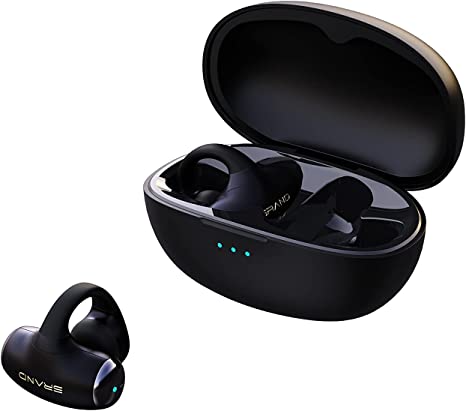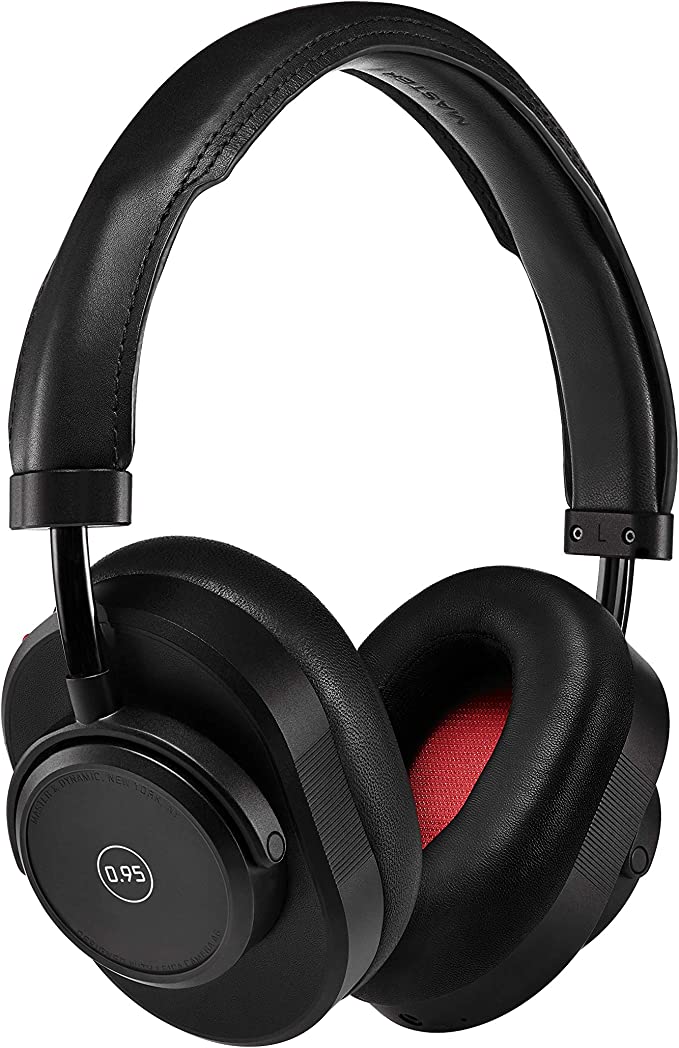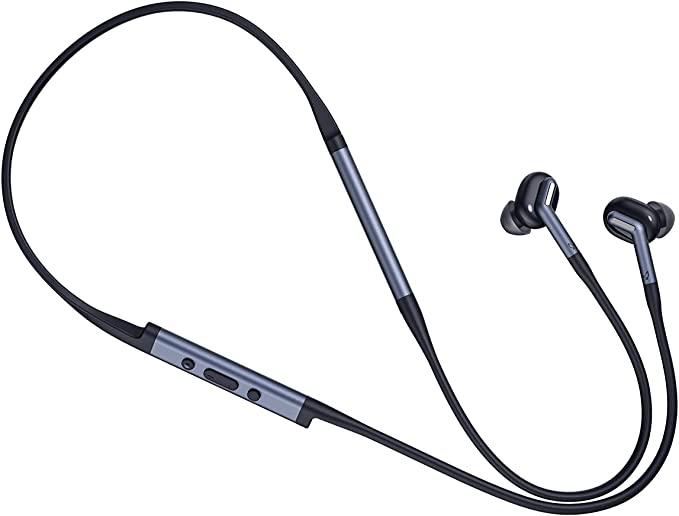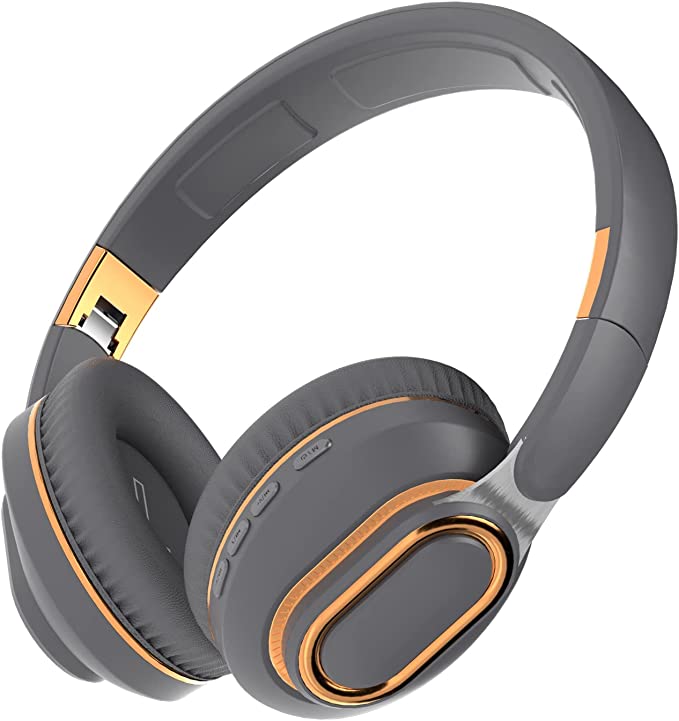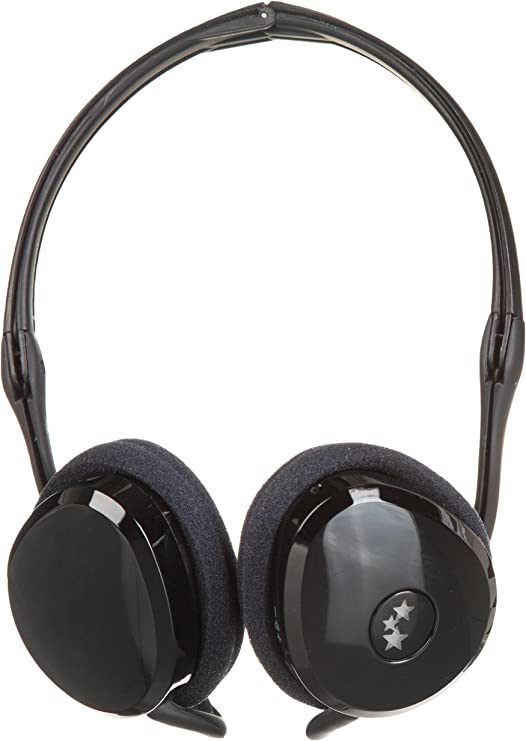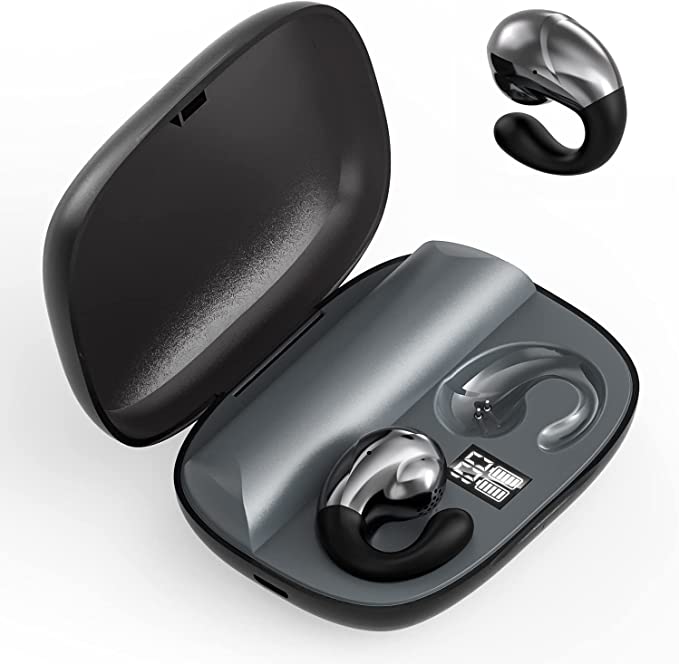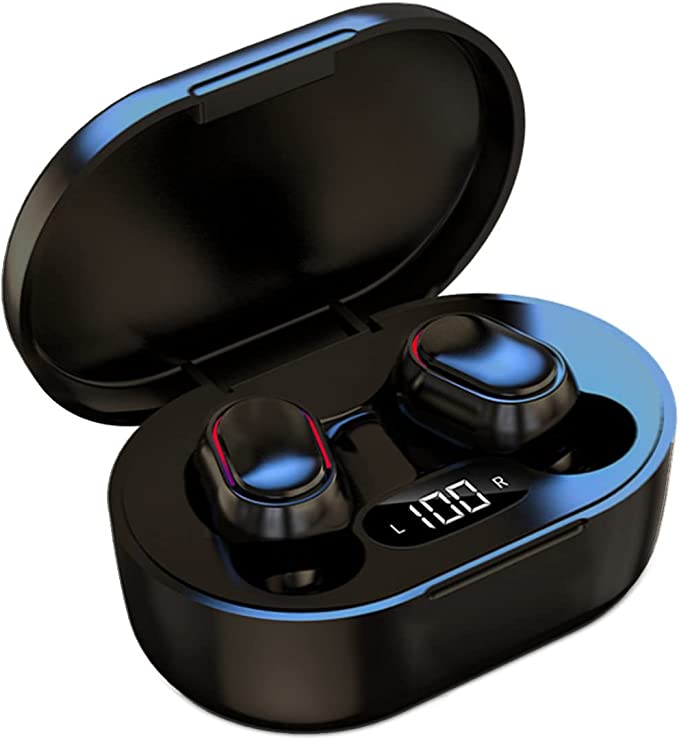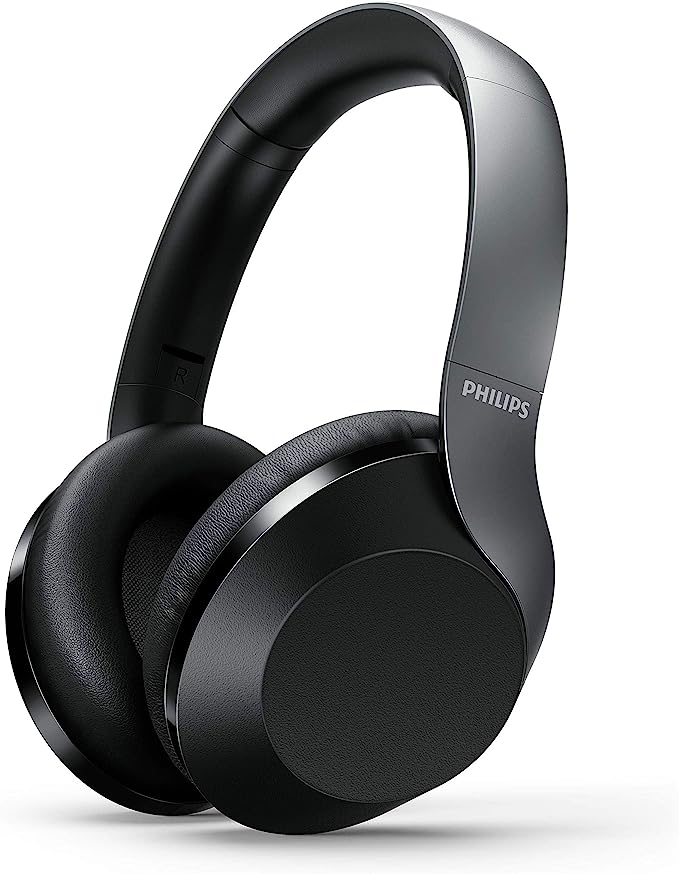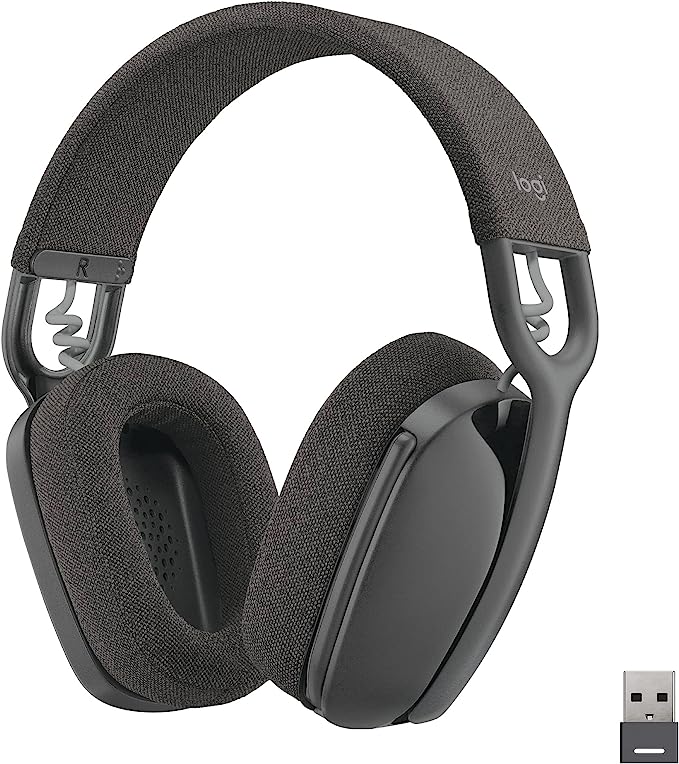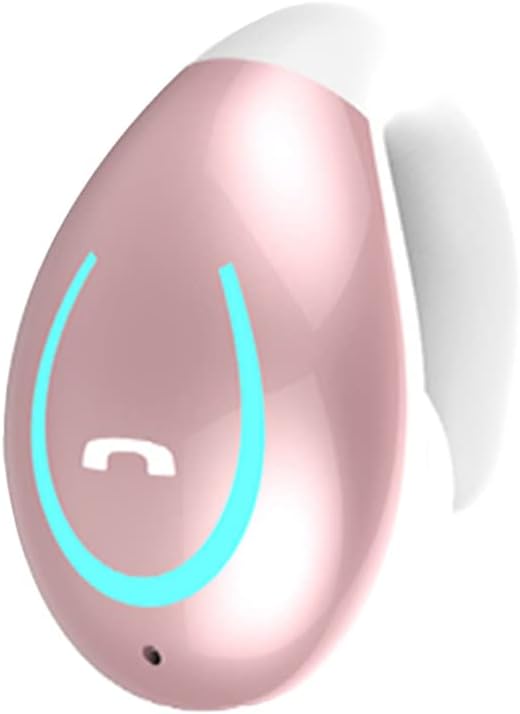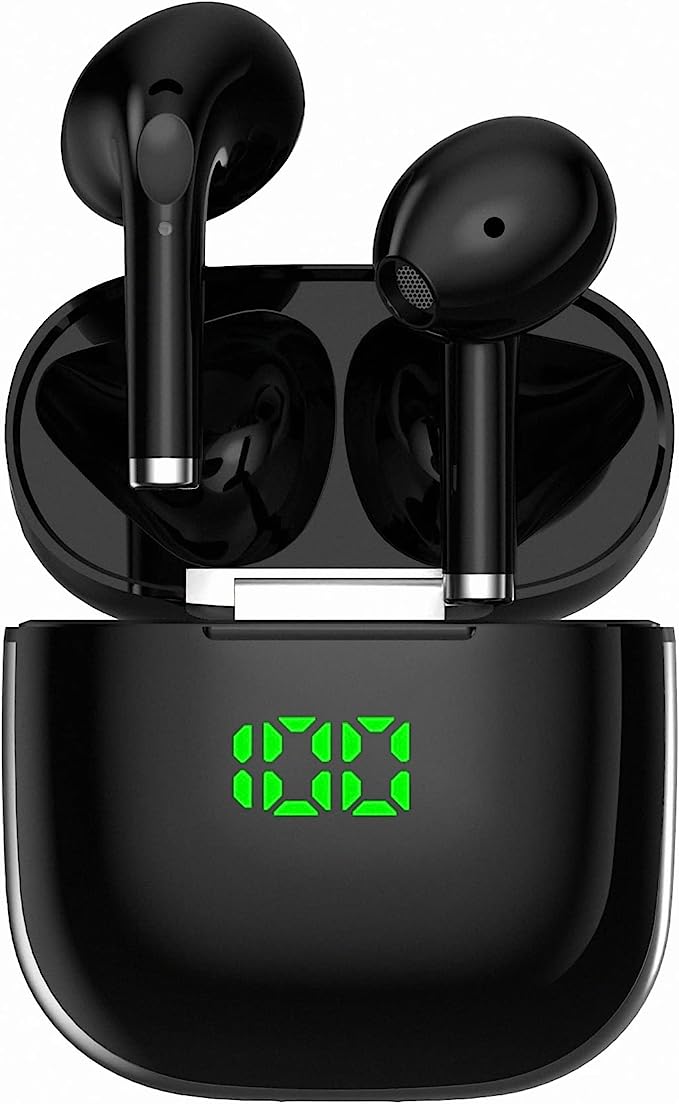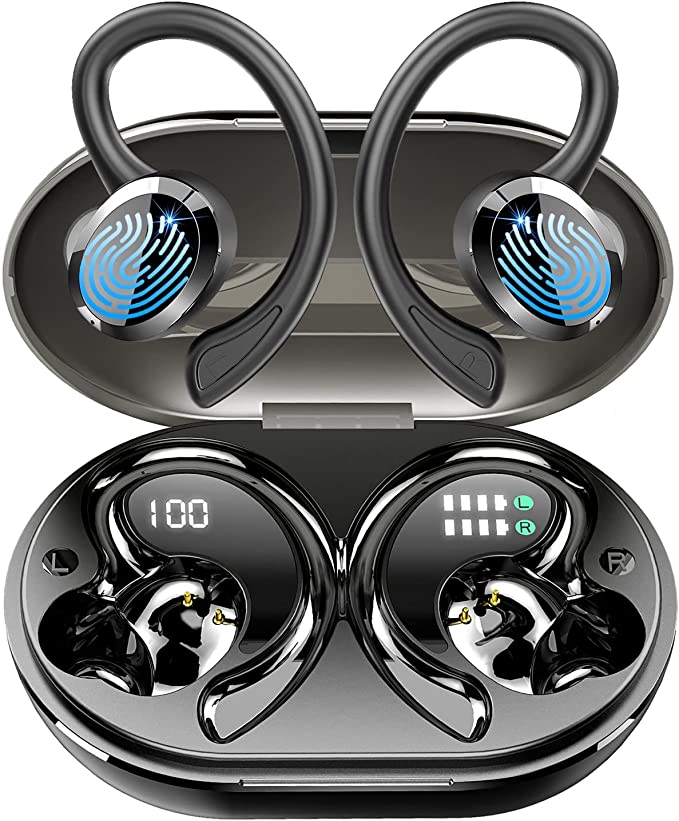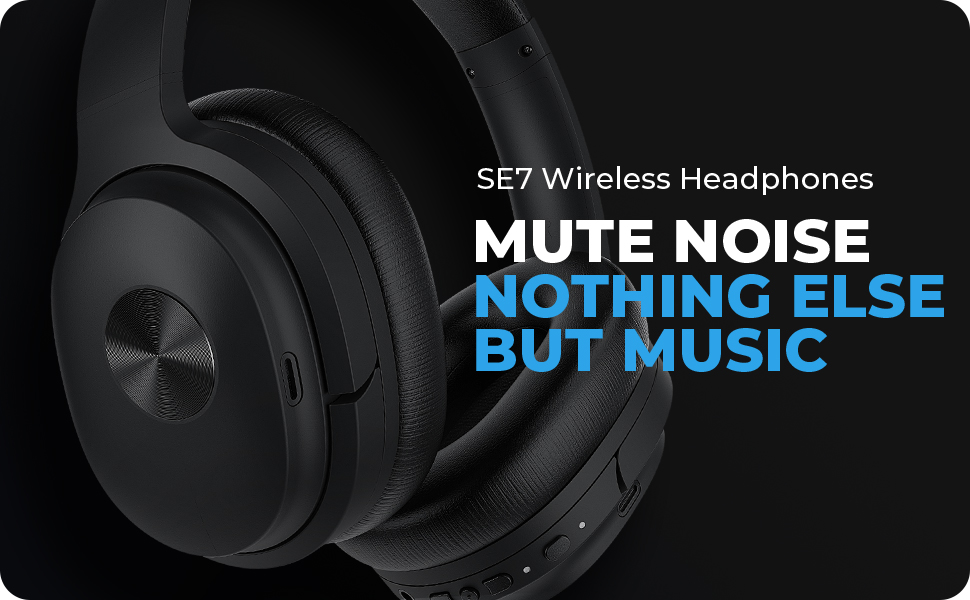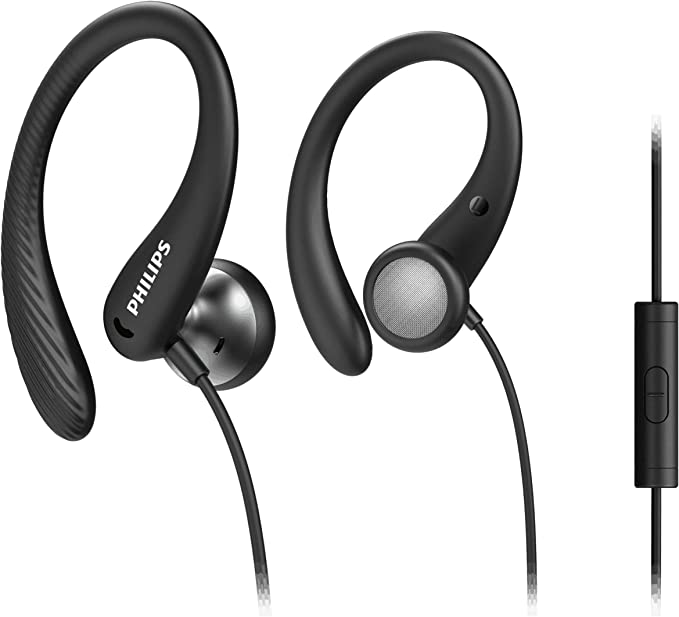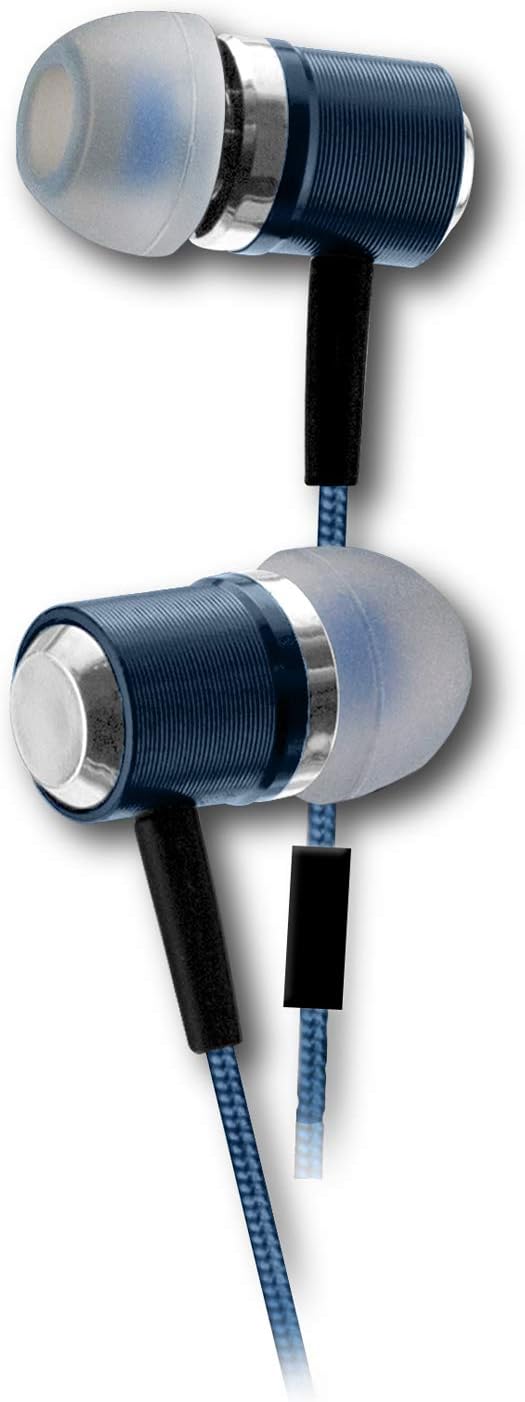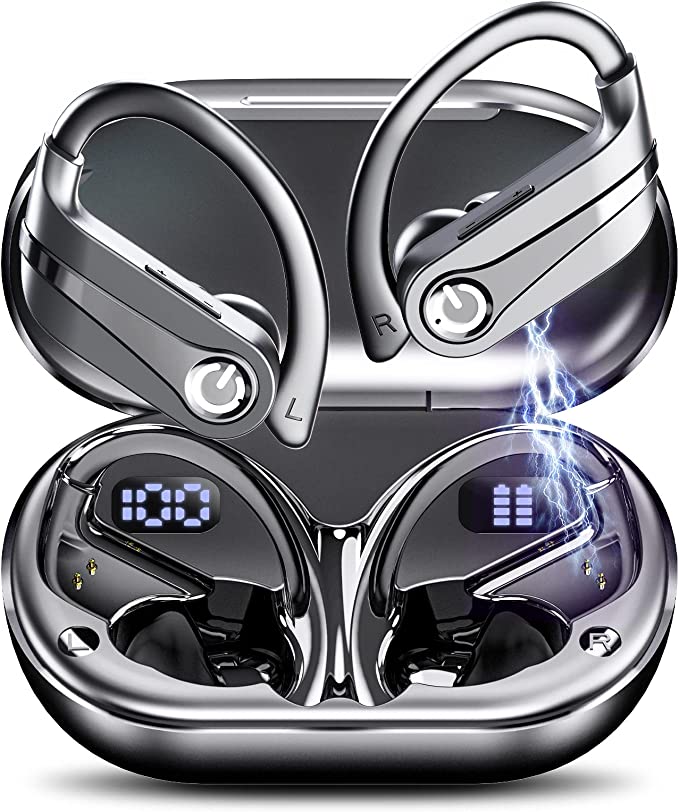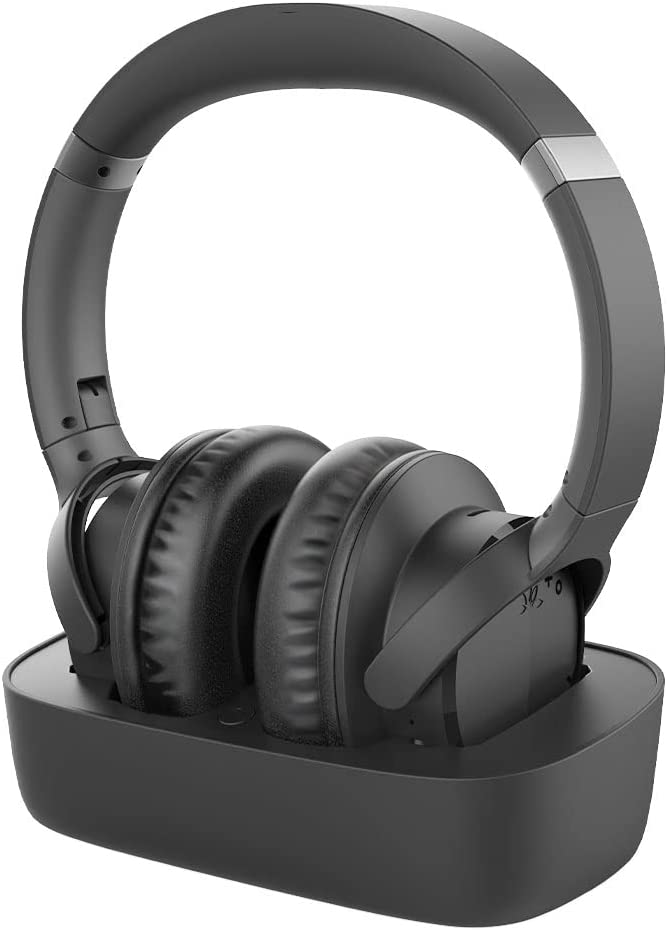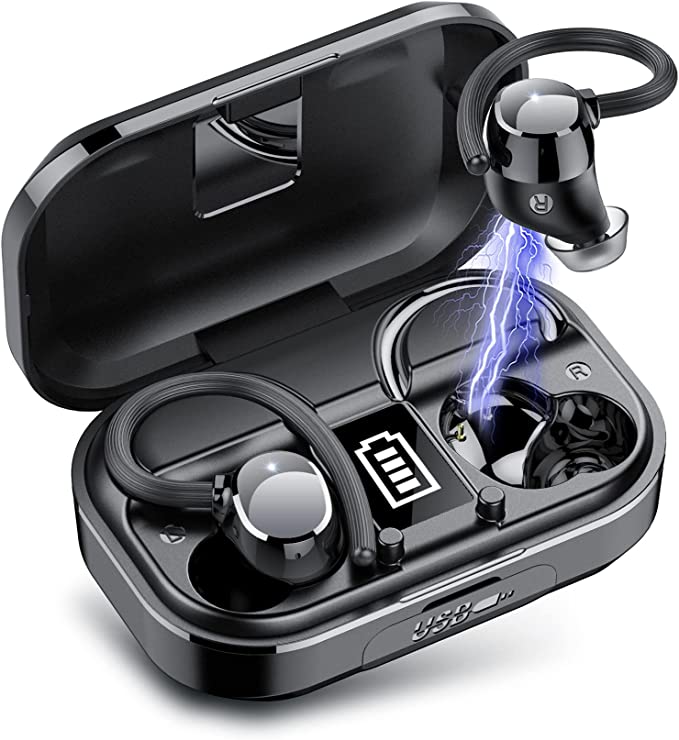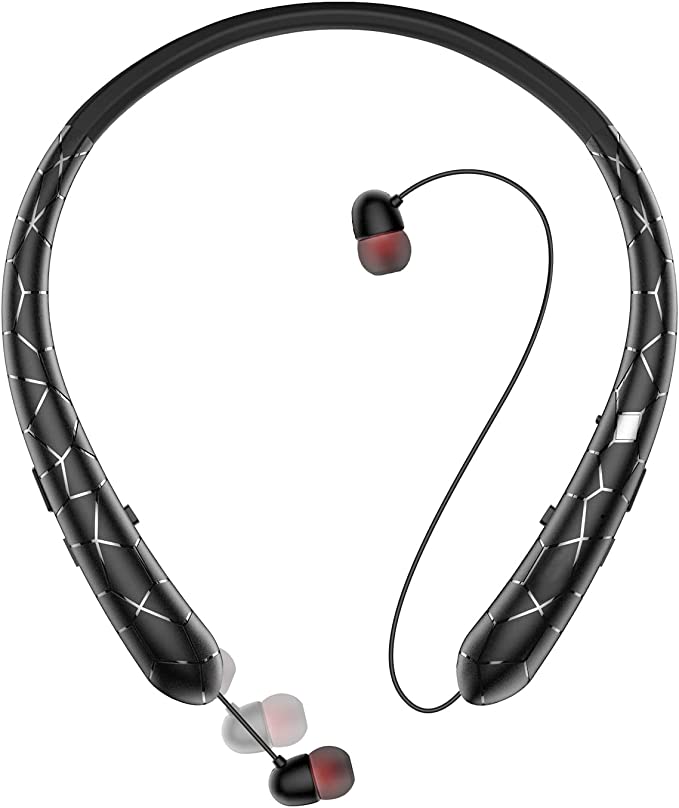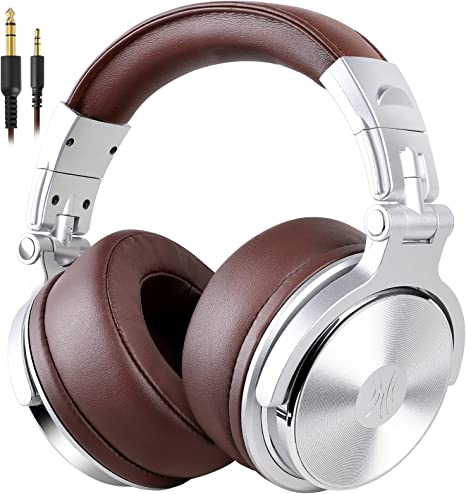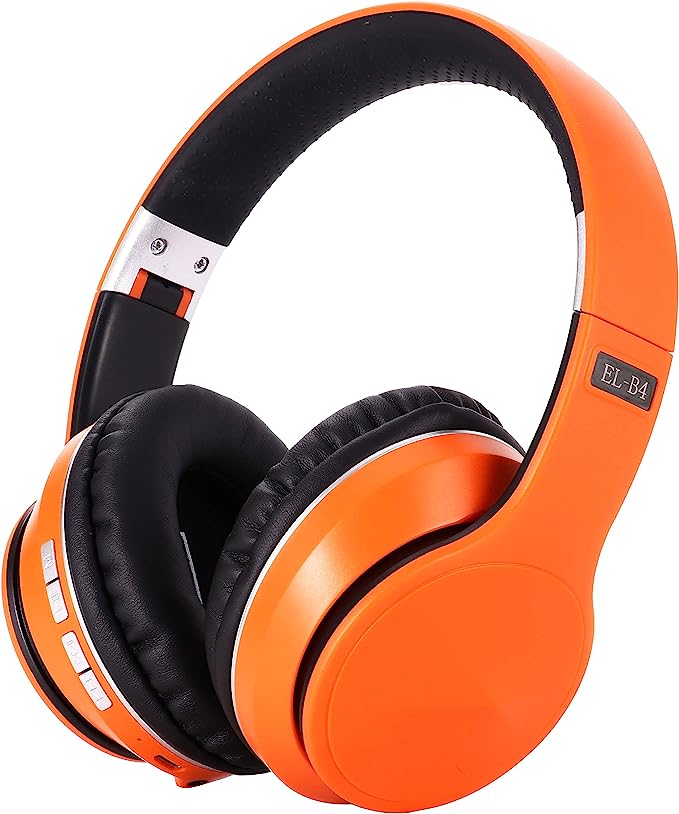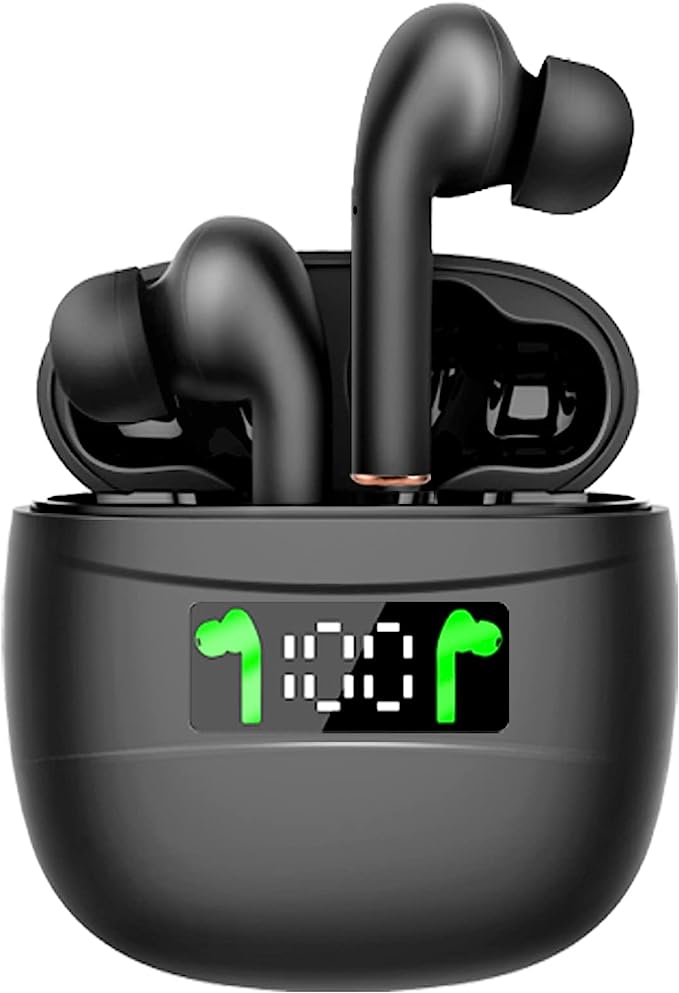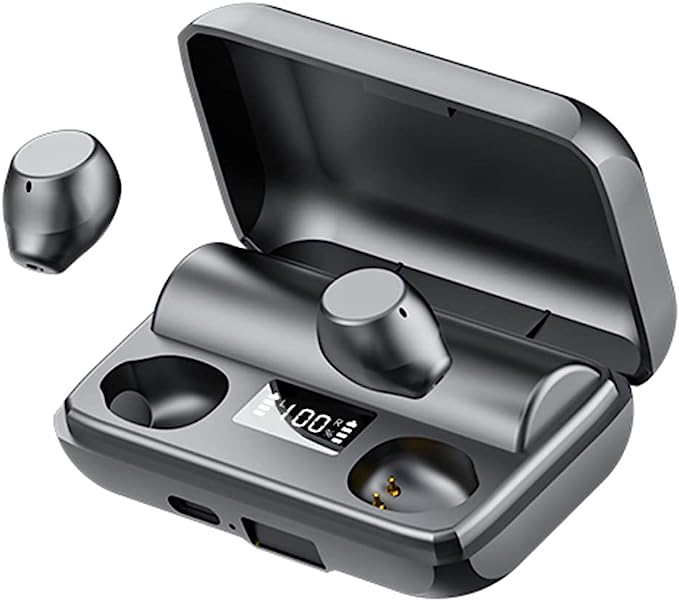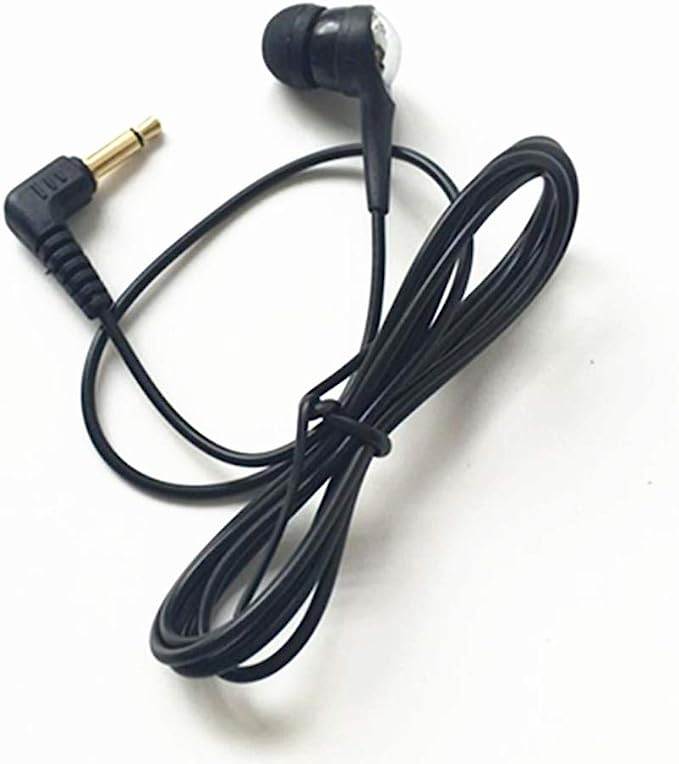Picun B12 Wireless Bluetooth Headphones: Immersive Sound On the Go
Update on May 19, 2025, 8:25 a.m.
We live our lives cocooned in personal soundscapes. Headphones are no longer mere accessories; they are our steadfast companions on morning commutes, our focus-enhancing shields in bustling offices, and our private portals to worlds pTMade of music, podcasts, and connection. But have you ever paused to consider the remarkable tapestry of science and engineering nestled within those earcups? Today, let’s embark on an enlightening journey, using the Picun B12 Wireless Headphones as our lens, not to review a product, but to unravel the fascinating science that makes your personal audio world come alive. Think of this as a chat with your friendly neighborhood audio expert, where curiosity is our guide.

The Heartbeat of Your Music – Deconstructing the Driver
At the very soul of any headphone, the part responsible for transforming a lifeless electrical current into the emotive power of sound, lies the driver. The Picun B12, according to its product information, houses 40mm Neodymium (NdFeB) drivers. Now, that might sound like a mouthful, but let’s imagine it as the miniature, yet mighty, orchestra within your earcups.
The “40mm” refers to the diameter of the diaphragm, the delicate membrane that vibrates to create sound waves. Think of it like the skin of a drum. A larger drum skin can move more air, and generally, this translates to an ability to reproduce lower frequencies—the bass notes that you feel as much as hear—with more authority and depth.
The real “muscle” behind this diaphragm’s dance is the “NdFeB” or Neodymium magnet. Neodymium is a rare-earth element that, when alloyed with iron and boron, creates exceptionally powerful permanent magnets, far stronger for their size than traditional ferrite magnets you might find in older or less sophisticated audio gear. This potent magnetic field allows for precise control over the voice coil (a coil of wire attached to the diaphragm that receives the electrical audio signal). When the audio signal flows through the voice coil, it becomes an electromagnet, and its interaction with the powerful Neodymium magnet’s field forces the diaphragm to move rapidly back and forth. These vibrations push and pull the air, creating pressure waves that your eardrums and brain interpret as sound. It’s a beautiful conversion of electrical energy to mechanical energy, and finally, to the acoustic energy that stirs our emotions.
The manufacturer of the Picun B12 states these drivers deliver “Stereo High Definition Sound quality” and suggests they produce “40% more bass and 100% more treble.” As an engineer, I interpret such claims as an indication that the drivers are designed to cover a wide frequency spectrum with a degree of clarity and that particular attention has been paid to enhancing the lower and higher ends of that spectrum. A well-designed 40mm Neodymium driver certainly has the physical potential for robust bass and clear highs, contributing to what many would perceive as a lively and detailed listening experience. Ultimately, a good driver aims for accuracy and low distortion, allowing you to hear the music closer to how the artist intended.

The Invisible Thread – Navigating the World of Bluetooth 5.2
The liberation from tangled wires is, for many, one of modern technology’s greatest everyday conveniences. The Picun B12 headphones utilize Bluetooth 5.2 for their wireless Sconnectivity. The product information mentions this as “2023 newest Bluetooth connection technology,” which, in broader terms, signifies a modern and capable iteration of the Bluetooth standard.
But how does this invisible thread actually carry your favorite tunes from your phone to your ears? Bluetooth technology operates using short-wavelength UHF radio waves in the 2.4 to 2.485 GHz frequency band. When you pair your headphones with a device, they establish a personal area network (PAN), a sort of digital handshake that allows them to communicate. Your music, which starts as digital data, is encoded (compressed) into a format suitable for Bluetooth transmission, sent as radio packets, and then decoded by the headphones back into an analog signal that can power the drivers.
Bluetooth 5.2, specifically, builds upon its predecessors with several enhancements aimed at improving the user experience. While the exact features implemented can vary by device, Bluetooth 5.2 generally offers improvements in connection stability (fewer dropouts), potentially better energy efficiency (leading to longer battery life for both your headphones and transmitting device), and features that can support higher quality audio codecs (the specific ‘language’ used for encoding and decoding audio) if implemented by both the sending and receiving devices. Think of Bluetooth 5.2 as a highly skilled courier, adept at ensuring your precious audio package – the music – arrives at its destination (your ears) reliably, efficiently, and with its contents well-preserved. The goal is a seamless, uninterrupted flow of sound, allowing you to simply immerse yourself in the listening experience.

The Trusty Backup – The Enduring Wisdom of the 3.5mm Wired Connection
While wireless technology offers incredible freedom, there’s an enduring wisdom in the humble 3.5mm audio jack, an option thoughtfully included with the Picun B12. This port, a familiar friend to anyone who’s used audio equipment over the past few decades, provides a direct, analog connection between your audio source and the headphones.
Why would you opt for a wire when wireless is available? Several reasons. Firstly, a wired connection typically offers zero latency. Latency is the tiny delay between when an audio signal is sent and when it’s actually heard. While modern Bluetooth has dramatically reduced latency, for applications like competitive gaming or professional audio monitoring where timing is absolutely critical, a wired connection is often preferred. Secondly, when your headphone’s battery is depleted, the 3.5mm cable acts as a lifeline, allowing you to continue listening without relying on the internal battery to power the wireless reception and decoding (though features like LEDs, if on, would still consume power). It’s a testament to the beauty of simple, robust technology – a direct path for sound that just works.

“Can You Hear Me Now?” – The Art and Science of a Clear Microphone
In our increasingly connected world, headphones are not just for listening; they’re for communicating. The Picun B12 is equipped with what the product information describes as a “High-definition omnidirectional noise reduction built-in microphone.” Let’s unpack that.
An omnidirectional microphone is designed to pick up sound equally well from all directions. Imagine it sitting in the center of a sphere, sensitive to any sound originating from the surface of that sphere. This is generally good for voice pickup in headphones, as it means you don’t have to have the microphone positioned perfectly in front of your mouth for your voice to be captured clearly.
The “noise reduction” aspect here is crucial to understand. It typically refers to technology designed to make your voice clearer to the person on the other end of the call. It does this by trying to distinguish your speech frequencies from steady-state background noises (like the hum of a fan or distant traffic) and then reducing the volume of those background noises in the signal being transmitted. This is different from Active Noise Cancellation (ANC) for the listener, which uses microphones to pick up external ambient sound and then generates inverse sound waves to cancel it out before it reaches your ears. The microphone noise reduction in the B12 is about ensuring your voice is the star of the show during calls, not about silencing the world around you. It’s like having a tiny, invisible spotlight focused on your voice, helping it cut through the chatter of a moderately busy environment. Users often report that the microphone on these headphones performs well for online communication, suggesting this technology is effectively implemented for its intended purpose.

An Embrace for Your Ears – The Ergonomics of Extended Listening
The most advanced audio technology in the world means little if the headphones themselves are uncomfortable to wear for more than a few minutes. The science of ergonomics – designing for human comfort and efficiency – plays a massive role in headphone satisfaction. The Picun B12 features an over-ear design. This style typically creates a seal around the entirety of your ear, which can offer a degree of passive noise isolation (physically blocking some outside sound) and often results in a more immersive soundstage, as if the sound is enveloping you.
The product information highlights “soft earmuffs, which touches like the baby skin.” While a charming description, it points to the importance of material science in comfort. Earcup padding needs to be soft enough to avoid pressure points, yet resilient enough to maintain its shape and seal. The material also influences heat buildup; breathable materials can make a big difference during long listening sessions.
Furthermore, elements like a foldable and stretchable design, coupled with a relatively lightweight build (11.7 ounces, as per product info), contribute significantly to both portability and long-term wearing comfort. An adjustable headband ensures the earcups sit correctly and distribute weight evenly, preventing that dreaded top-of-the-head ache. It’s this thoughtful combination of shape, materials, and adjustability that allows you to lose yourself in the audio for hours, rather than constantly fidgeting with the fit.

The Unseen Pulse – Powering Your Auditory Adventures
Fueling these auditory adventures is a 300mAH Lithium Polymer battery. Lithium Polymer (Li-Po) batteries are a common choice for modern portable electronics due to their favorable energy density-to-weight ratio – essentially, they can pack a good amount of power into a relatively small and light package. The Picun B12’s product information states this battery delivers “about 20 hours of music playing time” on a full charge, which typically takes around 1.5 to 2 hours.
Twenty hours is a significant stretch of listening, easily covering several days of commuting, workouts, or study sessions for many users. Of course, actual battery life can vary based on factors like volume level (louder generally means more power consumption) and whether features like the LED lights are active. When it does come time to recharge, the relatively quick turnaround means your sonic sanctuary isn’t out of commission for long. To get the most out of any Li-Po battery, it’s generally good practice to avoid frequent full discharges and to store devices with a partial charge if they’re not going to be used for an extended period.
A Little Dash of Light – The Visual Rhythm of LEDs
Adding a visual dimension to the auditory experience, the Picun B12 headphones feature LED lights. These are described as slowly shifting colors, offering an aesthetic flourish. For some, this adds a touch of personality or fun, especially in gaming or social settings. For others, particularly in more subdued environments or when conserving every bit of battery is paramount, the option to turn these lights off is a welcome one. The provided user feedback in the initial information did note that the colors may shift at slightly different rates on each earpiece, eventually going out of sync, and that setting a single static color isn’t an option. This is a minor detail but illustrates how even aesthetic features have their own operational quirks.

Listening with New Ears
As we’ve journeyed through the inner workings of a headphone like the Picun B12, it becomes clear that these devices are far more than simple conduits for sound. They are compact marvels, each component a testament to decades of scientific advancement in acoustics, electronics, materials science, and ergonomics. From the intricate dance of magnets and diaphragms within the drivers that stir the air, to the invisible ballet of radio waves delivering music through Bluetooth, every element is designed to enhance our personal connection to the vast world of audio.
The Picun B12, with its 40mm NdFeB drivers, Bluetooth 5.2 connectivity, and comfort-focused design, appears to bring together many of these principles in an accessible package, a sentiment reflected in its generally positive user reception (4.4 out of 5 stars from over 5,246 ratings, according to the provided product information).
Ultimately, understanding the science behind your headphones doesn’t just demystify the technology; it empowers you. It allows you to appreciate the subtle nuances in sound reproduction, make more informed choices, and perhaps, listen with new ears to the rich symphony of your everyday life. The journey of personal audio is ever-evolving, but the joy of a sound well-heard remains a timeless pleasure.

